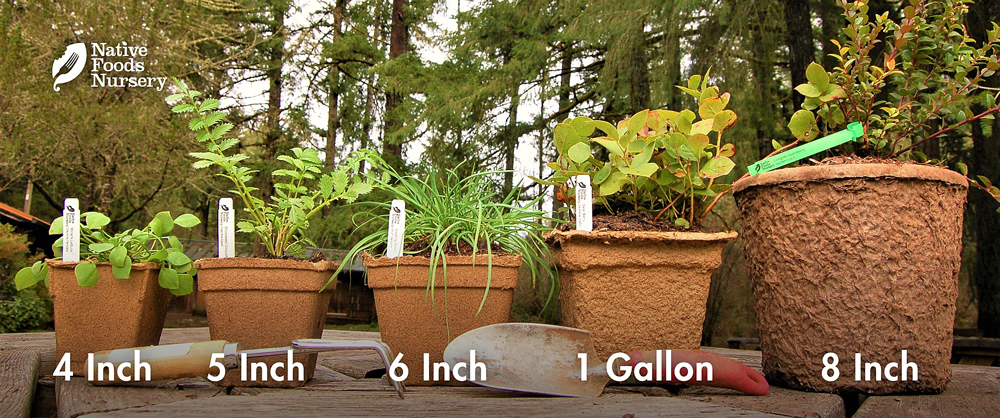Golden Chinquapin is a beautiful native evergreen with sweet nuts, a favorite food of wildlife and humans alike.
Edible Uses
Golden Chinquapin has spikey burrs (like chestnuts) which contains delicious nuts (like a pine nut). These nuts can be peeled/cracked and eaten raw or roasted, or made into confections. Their flavor is sweet and rich, perhaps most similar to hazelnuts.
Ornamental Qualities
Chinquapins rank just as high with ornamental gardeners as they do with wild foragers. Their evergreen leaves are green on top and golden underneath, making a pleasing color combination to be enjoyed all year long. Their mid-summer flowers are white, emerging as fuzzy, cream-colored catkins and developing into golden-brown burrs. They add a lovely evergreen presence to home landscapes.
What's more, the Golden Chinquapin's size is much larger than its relative the Bush Chinquapin, making it a good addition for shade in front and back yards.
Environment and Culture
In their natural habitat, Golden Chinquapins tend to grow amongst Pacific Madrones, Sugar Pines, Douglas Fir, Canyon Live Oak and California Black Oaks. They can be found from West-Central Washington to Central California, growing from the sea level up to 6000 ft.
Golden Chinquapin are slow-growing, yet grow in a wide variety of soils and can even thrive where soils are nutrient-deficient. Chinquapin prefers full sun, though can tolerate partial shade, and is rather drought tolerant. They are an important ally for native wildlife as they provide food and shelter for animals in harsh sites with infertile soil, and sprout quickly after forest fires. Each tree contains both male and female flowers, and are pollinated by the wind.
Northwest Native American tribes today still value this special plant as food, medicine, and family. Despite great cultural losses, they continue to work towards stewarding and restoring wild populations, both strengthening the integrity of the ecology and sustaining their cultural heritage and wisdom. These strong and recovering peoples and plants deserve our respect, gratitude, and reparations. (Learn more & how to help on our Charitable Giving page.)
Harvest, Care, and Preparation
Nut-containing burrs should be collected with thick gloves in the late Summer to early Fall, when the burrs are beginning to brown. If one waits too long, the burr will drop or crack and wildlife will reap the harvest. After picking, lay the burrs out in the sun, away from critters, allowing them to thoroughly dry. Then, place them on a hard surface and roll your shoe or another hard object over them, popping the seeds out. Crack the seeds and enjoy raw or roasted!
Native Range: WA, OR, CA
USDA zones: 6-10
Ease of Care: Easy
Deer Resistance: Moderate
Light Requirements: Partial sun to Full sun
Soil Type: all soils, including poor
Water Requirements: moist or dry
Pollination: self-fertile (wind)
Bearing Age: 5-10 years
Size at Maturity: 60-80’
Plant Spacing: 20’ apart, but can also grow in groves.
Bloom Time: July
Harvest Time: Late Summer, Early Fall
Pot Sizing Guide
